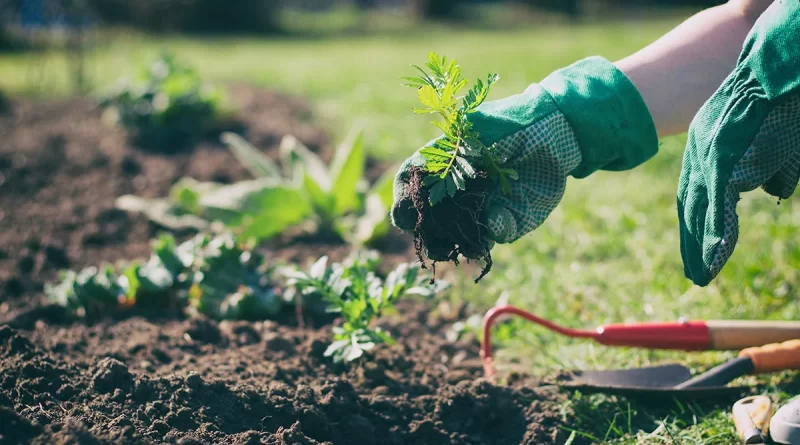The Impact of Climate Change on Gardening
Gardeners must adapt to increasing temperatures, extreme weather events and new threats in their garden environments. Shifting gardening practices may help gardeners cope with these changes more effectively.
Lawns release heat-trapping greenhouse gases over time through equipment emissions, synthetic fertilizer use and overwatering. Switching to sustainable landscaping reduces emissions while saving water.
Weather Patterns
Climate change has had profound repercussions for gardeners in many ways, from shifting weather patterns and temperatures, higher humidity levels, shorter growing seasons, variable precipitation rates and shifting hardiness zones, to increasing winds, changing ocean currents and melting glaciers and snow.
A warming planet alters how water reaches soil and is utilized by plants. Fewer freezing-thawing cycles affect how important soil microorganisms function.
Regenerative gardening practices such as mulching, selecting climate-adapted plants, soil conservation and planting diversity can help gardeners adapt to the ever-evolving environment. Attending climate-friendly gardening classes also offers helpful instruction; workshops can introduce concepts like reducing turf area by using human-powered tools instead of chemicals for example.
Drought
Gardening is more than a hobby for millions of American gardeners; it provides them with a means of connecting with nature and its cycles – but climate change threatens this relationship in numerous ways.
Drought and dry soil conditions have an adverse impact on plant growth. With less water available to them, trees and plants slow their processes, fruit drops off (think June drop apples) and go into dormancy until more favorable conditions return.
Drought is caused by multiple factors, including rising temperatures and decreased precipitation. Warmer temperatures increase evaporation while atmospheric patterns may alter storm tracks to alter storm tracks in such a way that less water reaches shallow groundwater aquifers that supply urban and rural reservoirs as well as reduce streamflows. But gardeners can make an important contribution by planting an array of diverse plants while creating healthy soil environments.
Weeds
Many home gardeners have experienced changing climate conditions that have altered their gardening routine, for instance heavy rain can disrupt soil moisture and promote conditions favorable for weeds.
Plants compete for essential resources like water and light for growth. When their demand exceeds supply, yields become adversely affected, leading to what is known as “critical period of competition”.
Weeds play an essential ecological role by protecting exposed or degraded soil surfaces and taking up nutrients that would otherwise leach away, providing habitat for beneficial insects that help control some insect pests, and making nutritious additions to human diets such as dandelions, purslane, cress mustards and Jerusalem artichokes that provide greens; prickly lettuce sow thistle produce leafy vegetables; while blackberries yield sweet fruits.
Pests
Poison ivy is spreading quickly across warmer climates as gardeners introduce it into new areas. These invasive plants crowd out sunlight, drain water away and compete with home gardens for resources like nutrients.
Warmer temperatures also hasten plant and insect life cycles, speeding their development and reproduction more rapidly, altering food webs to alter where animals find sustenance sources. This shift impacts food chains in profound ways.
Pests invading our gardens can quickly destroy flowers, vegetables and landscaping we have invested time and energy into, while also polluting homes and the environment with chemicals that enter air and water systems. To combat pests more effectively, work with nature instead of against it by planting diverse species to attract predatory insects as well as introducing birds into your yard.
Diseases
Plant diseases can reduce crop yields significantly, leaving humans without enough food in extreme cases – like when potato blight caused Ireland’s Great Famine from 1845-1850. Diseases may also spread between gardens through contaminated seeds or insect vectors.
Warmer temperatures and wetter weather provide ideal conditions for many plant diseases to spread rapidly through soil, air or water currents. Fungi, insects or even humans (Tobacco Mosaic Virus).
For optimal health, employ sustainable gardening techniques. For instance, use less nitrogen fertilizer since its long-term application decreases soil fertility and carbon storage capacity. Fallowing and crop rotation techniques help break pathogen life cycles by placing them in non-host environments; inspect plants regularly for signs such as wilt, spots, disfigured leaves or stunting.




